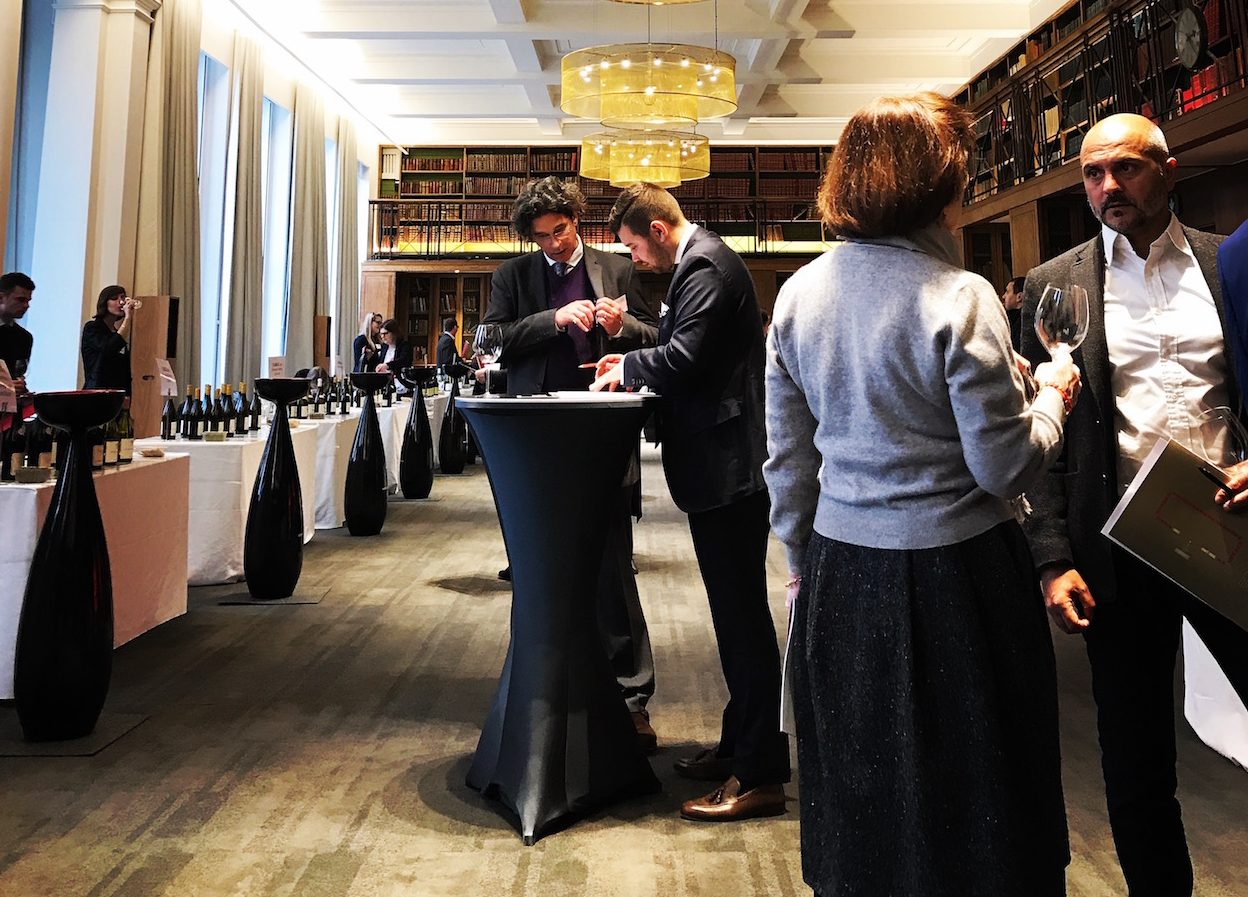Some observations about the 2016 vintage plus nine top Burgundy bargains that will all work in the on-trade and are still available.
“Could I have a little more? I have to write tasting notes you know,” the slightly sniffy wine writer says to the vigneron dribbling the tiniest sample of white Burgundy into his glass.
“This is not a year for posh rinses,” says another, cleaning his sample glass with water of all things rather than white wine.
On tables that are not carrying the 2016, merchants are trying to sell stock from back vintages as well as a higher proportion of Beaujolais in the mix.

The lack of wines was felt most acutely at the Lay & Wheeler tasting where there were far fewer wines available than in previous vintages
If the paucity of top Burgundy was ever in doubt then 2016 is the vintage where this became most strikingly apparent. There are very little top-end wines available at all with quantities for some regions like Chassagne-Montrachet and Chambertin the lowest on record.
Which is terrible news, of course, for the vignerons, merchants and consumers who can afford blue chip Burgundy, but might ultimately be good news for the less-well regarded appellations and the region as a whole – any gains made with consumers by the Côte Chalonnaise for example in 2016 will be built upon and amplified through the bumper crop coming in the 2017 vintage.
Or that’s the theory.
My experience of tasting 400-500 new Burgundies last week is that the quality of the wines was hugely variable; you would taste a fantastic quality wine that was singing on all levels one minute and then you would be getting unexpected flavours – out of nowhere – from another wine that didn’t fit with the profile all. And my two big questions are How will these wines age? and Will 2016 be a vintage that people want to return to?
But first, a quick summary of what we have learnt about Burgundy 2016:
- 2016 is an irregular vintage, as a result of frost in late April.
- The frost was sporadic – some vineyards were hit and not others.
- Vineyards that were hit obviously had less or no crop and less ripeness.
- There’s some great wines in 2016, and some not so good wines – with very little general rules of thumb that can be applied across the board.
- As a result it is hard to get a global picture of the vintage – ‘this is a year for reds or whites’, or for particular appellations or lieux dits.
- More so than any vintage in memory, 2016 is one where you have to taste the wines and the trade will have to work double-time with customers.
- Volumes are down and prices are up, not in every case, but most.
To give just one price example a six-pack of village Chassagne-Montrachet from Jean-Marc Pillot is 30% more expensive in 2016 than 2014 from the same importer, and the wine is not as good in my opinion, even though it has plenty to recommend it.
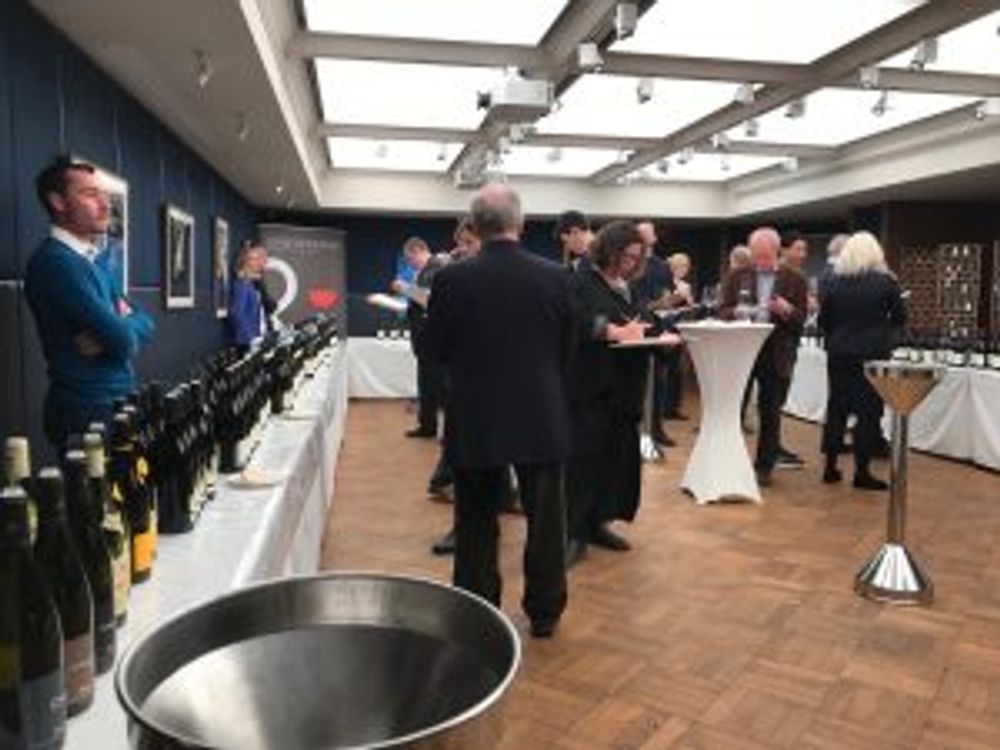
The first tasting of Burgundy Week – Lea & Sandeman at 67 Pall Mall
To keep pace with demand, then, the trade is being advised to be quick with orders, look at back vintages, consider buying from ‘lesser’ names and appellations and, in the case of Chablis, to consider looking at alternative wines from different regions that have a similar profile, (for some ideas check here).
In effect then 2016 is a vintage that will put Burgundy out of the pocket of most people, but it opens the region out into a broader understanding of what Burgundy is and can offer.
Appellations like Rully, Mercurey, Givry and Montagny that have become unfashionable of late or simply been left behind by the stratospheric orbit of others, have an opportunity in 2016 to shine again and gain a larger foothold in the worldwide wine market. This is primarily because these regions were not so badly hit by the bad weather of April 26/7 and have relatively bountiful crops.
Take Santenay, for example, whose wines are not top of most Burgphile’s Must Have list, but is an appellation that had a good year in 2016 and the wines across the region were showing well last week.
The reason was due, in part, to the region’s morning mist that prevented the morning sun on April 27 using the ice around the grapes like a magnifying glass as it did on the exposed Grand Cru and Premier Cru sites. (The same is true of Gevrey-Chambertin whose wines also showed well last week – with much more rounded tannins than we would expect at this stage of their evolution).
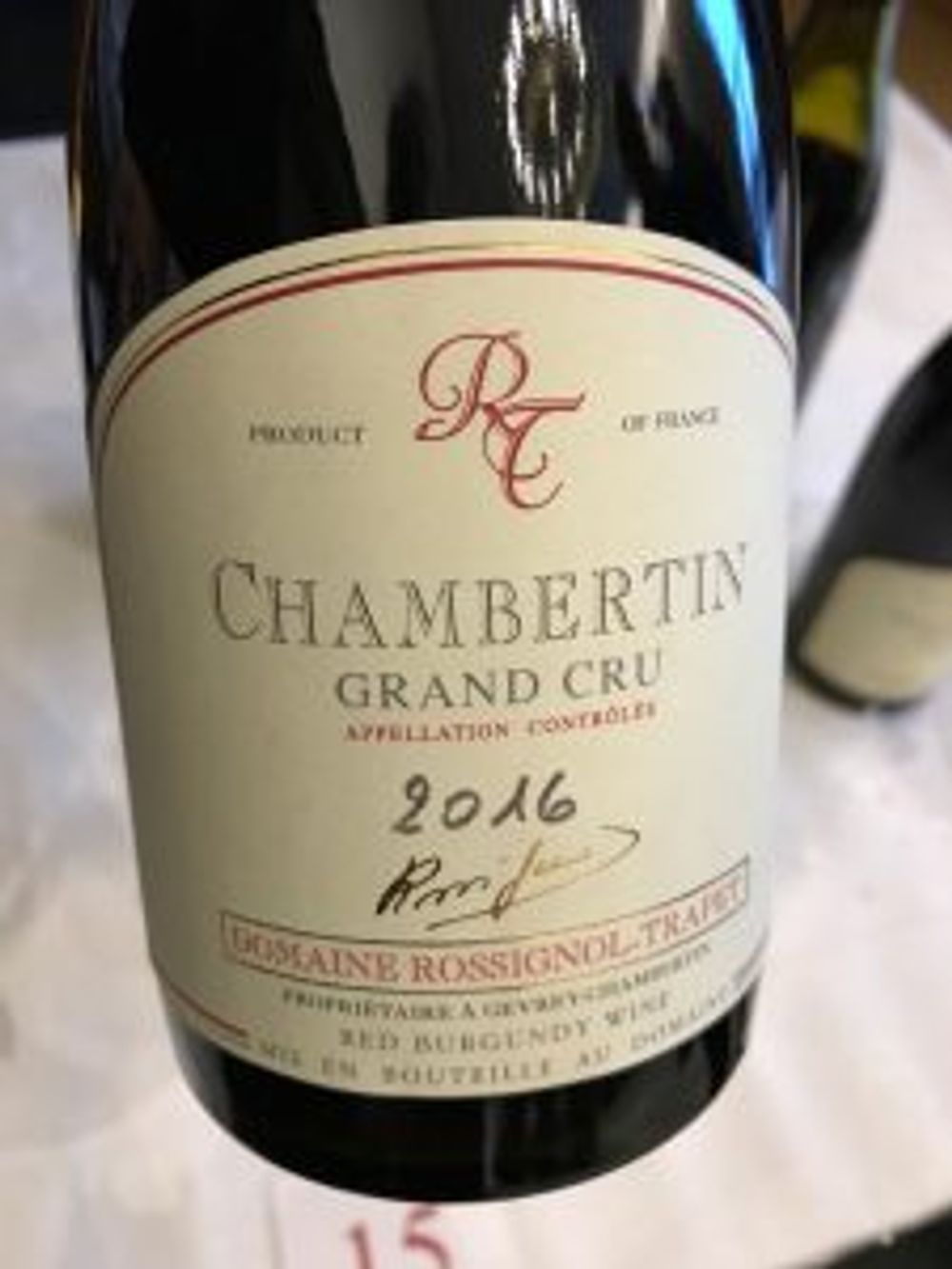
Many of the Grand Crus like this Rossignol-Trapet were out of this world
Many of the top sites that have elevation and perfect sun exposure were the vineyards that suffered the most from the frost and its aftermath, although at the same time with vignerons throwing everything at the wines you will still see some delicious wines at Premier Cru and Grand Cru level, and there were many examples during the week, the Puligny-Montrachets were showing particularly well I thought. But whether you can lay your hands on any of the top level Burgundies in 2016 is another matter. At this stage of the campaign there are ‘bits and pieces’ left.
The big issue with 2016
It is the irregularity which is there in the vintage which makes buying in 2016 a bit of a challenge.
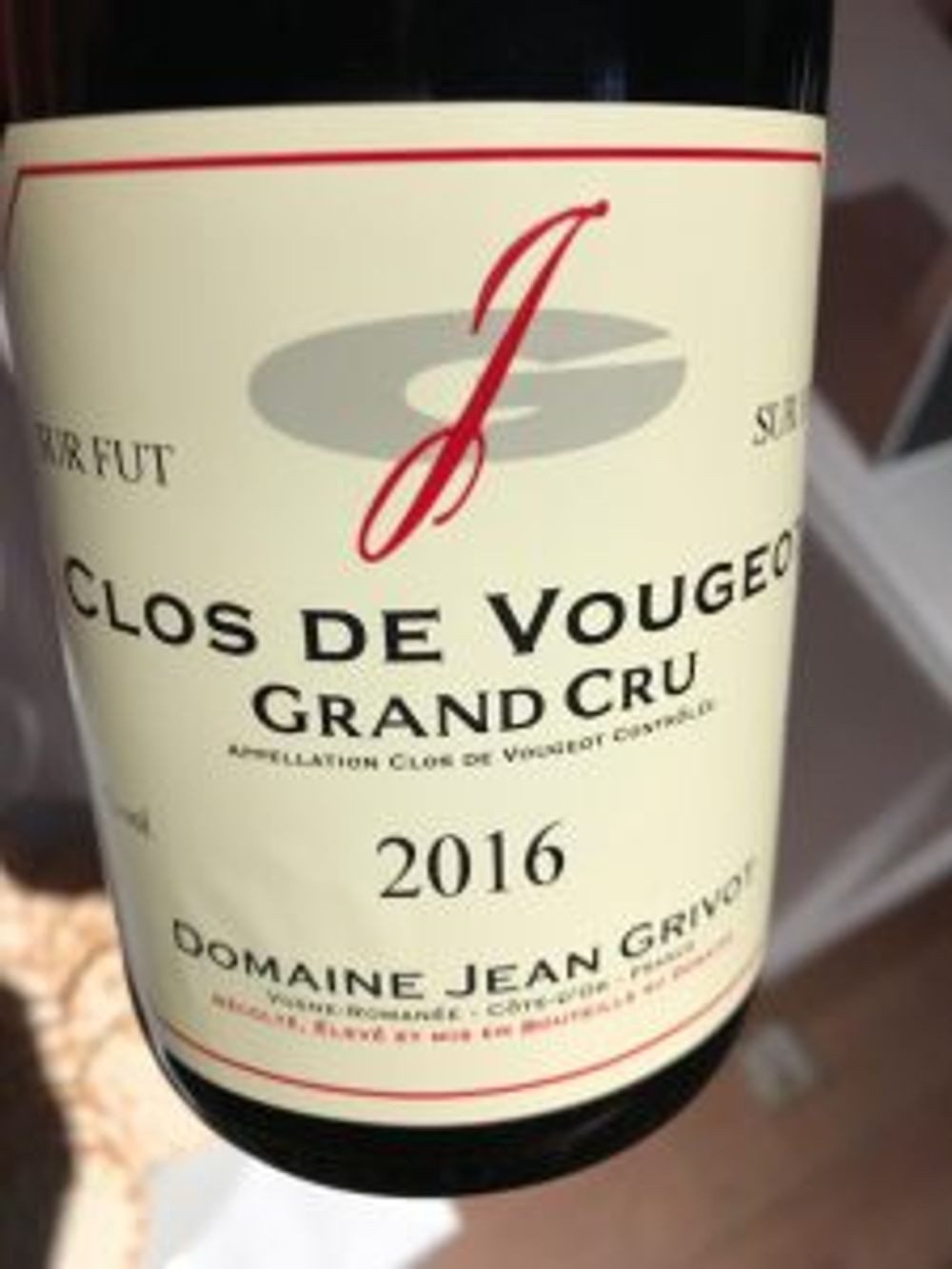
Grivot’s Clos de Vougeot was beautiful and ripe, not so the Vosne-Romanée
Tasting Jean Grivot’s Vosne-Romanée on Monday I found the wine was lacking in ripeness and uncommonly tight and acidic. Tasting his other wines that were not hit by frost, you got the fullness of ripe fruit and accompanying fragrance and flavours. But how would you know unless you tasted them? I have read tasting notes of the same wine that allude to but don’t mention outright the lack of ripeness.
Therein for me lies such a problem for 2016 because how will the customer ever know unless we in the on-trade are going to guide them knowledgeably through the wines? That for me is the major downside of Burgundy 2016.
The upside is that if you are looking for a bargain from the vintage then there are still many wines to choose from which will help alleviate supply issues if your allocations are down or the wines sold out by now.
The appellations of the Côte Chalonnaise are often the place to start and in 2016 this is even more so the case as many parts of the region were spared the worst of the bad weather, and these more ‘rustic’ wines are good in the short term, requiring little ageing. The appellations to look at are Bouzeron, Rully, Mercurey, Givry and Montagny. And to that I would add Santenay and Remigny from the Côte de Beaune that also produced some excellent wines in 2016.
Wines to recommend as great value for money from the tastings include:
Bourgogne Aligoté Doré, A&P de Villaine, Bouzeron
It is to the credit of the efforts of Domaine Romanée-Conti co-owner Aubert de Villaine that Aligoté is a distinguished category in its own right these days and not just a white that you add Cassis to. Not only did he help set up the Bouzeron AOP as the only communal-level Burgundy appellation for Aligoté-based wines, but the insistence on using Aligoté Doré has proved that these wines are superb young or with age on. Vigneron Pierre de Benoist was at the tasting with a bottle of 2010 to prove the point. (Corney & Barrow, £195 for 12)
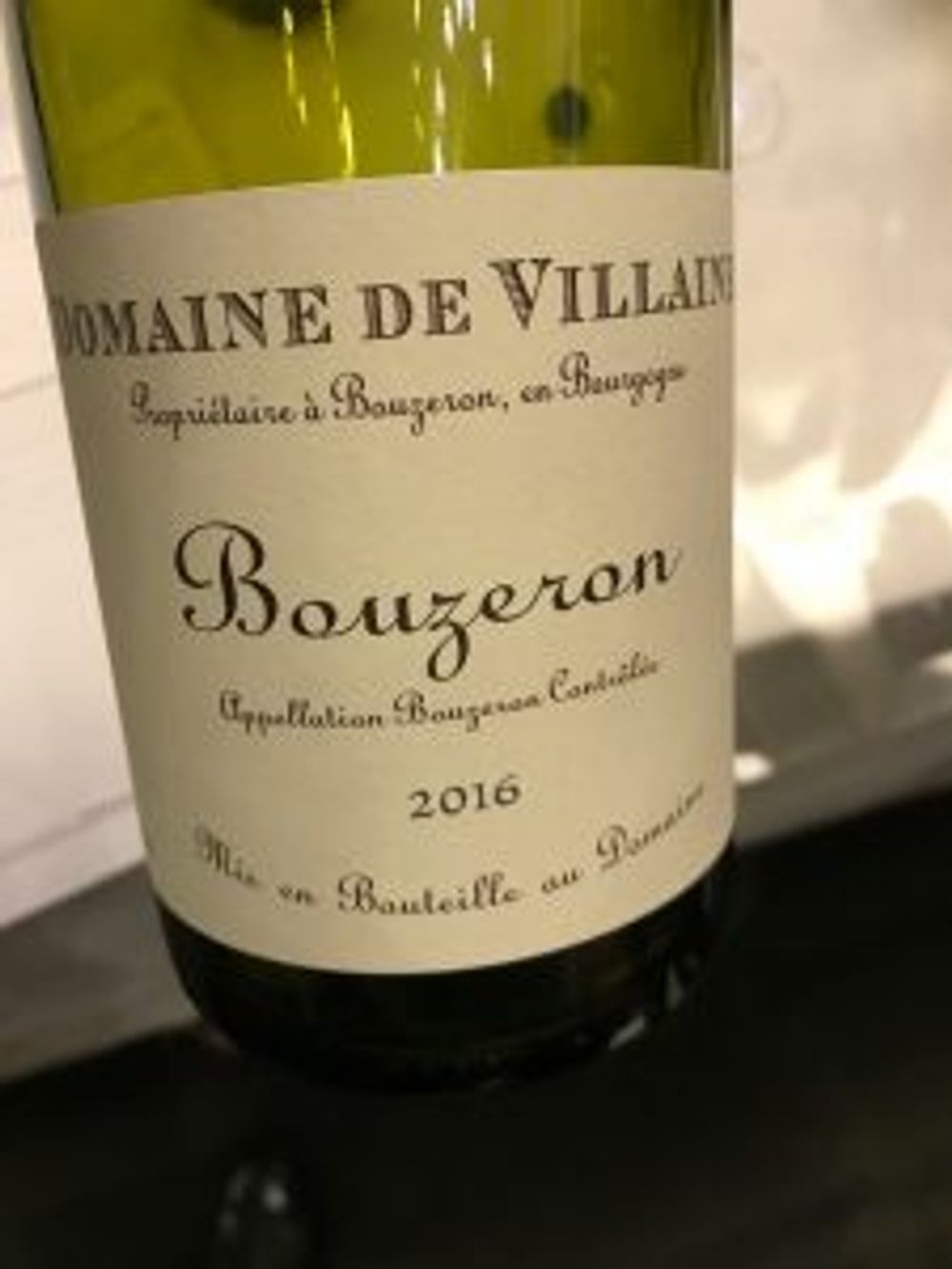
1er Cru La Pucelle, P&M Jacqueson, Rully
Blanc Clos des Vignes Rondes, Frabcois Lumpp, Givry
1er Cru, Jean-Marc Boillot, Montagny
Many similarities between these three whites that all ‘punch above their weight’ and are all from good producers. Fresh, well balanced, good grip, nice citrus notes and all would be excellent food wines. (Lea & Sandeman, £175, £200, £185 for 12)

1er Cru Les Valozières, Gerard Julien et fils, Aloxe-Corton
Another commune that is just beginning to get better recognition is Aloxe-Corton and from this delightful offering it’s easy to see why – terrific flavours, fresh, silky tannins and great balance. A real hit in 2016. (Lay & Wheeler £177 for 6)
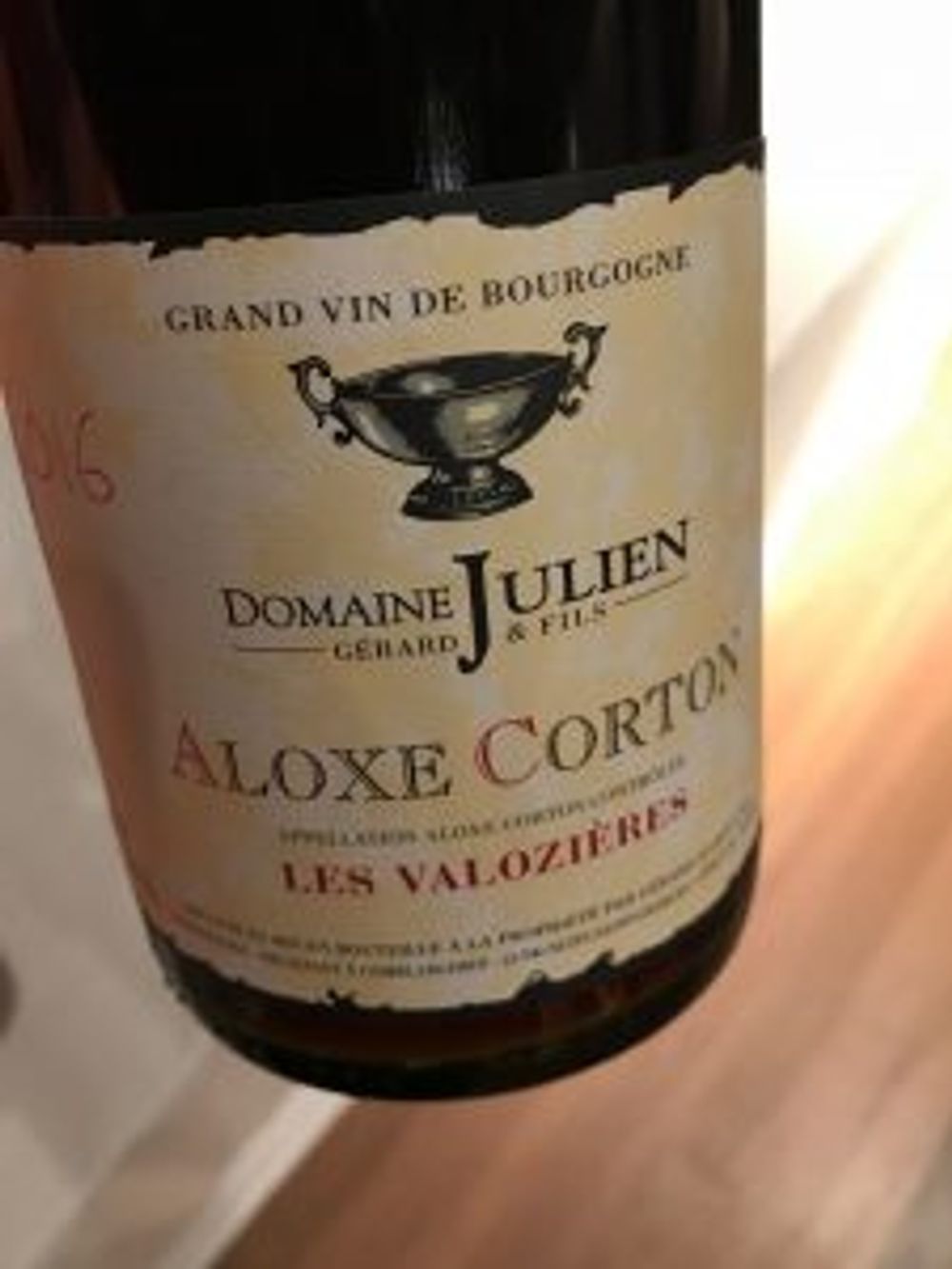
1er Cru Murgers des Dents de Chien, Francois Carillon, Saint-Aubin
Always a safe bet on the whites, I liked the domaine’s range from the easy drinking entry level Bourgogne blanc through to the 1er cru Puligny. This Saint-Aubin was my pick of the two on show that had a superb depth of flavour and layers of texture and plenty of young, well-integrated oak. (Corney & Barrow, £tba)

1er Cru Beauregard, Domaine Justin Girardin, Santenay
The three reds this domaine was showing were all full of flavour, ripe with firm, young tannins and lots of texture. My pick of the three was the Beauregard which had more individuality and character. (Corney & Barrow, £135 for 6)

Cuvée des Forgets, Savigny-Lès-Beaune, Patrick Javillier
I always buy a case of this property’s Cuvée Oligocène as my go-to Bourgogne blanc and at £115 a case it is still great value. But this year it was the Cuvée des Forgets that caught my eye simply in terms of bang for your buck and, face it, this year we are all going to have to box clever. Grown on clay rather than Oligocène’s limestone, it has a roundness to the fruit that suits this vintage and gives overall balance. Bright, tasty with good texture. (Corney & Barrow, Lay & Wheeler, £89 for 12)
Bourgogne Rouge, Vieilles Vignes, Domaine de la Douaix
A new domaine for Lea & Sandeman and a new one on me. This is not my style of Pinot but it will be a crowd-pleaser, especially in this vintage where the reds are more tightly wound than usual. The old vines bring masses of flavour and there is a concentration of fruit that made it stand out from the crowd at this price level. Very approachable, open and fruity – less of a food wine. (Lea & Sandeman, £150 for 12)
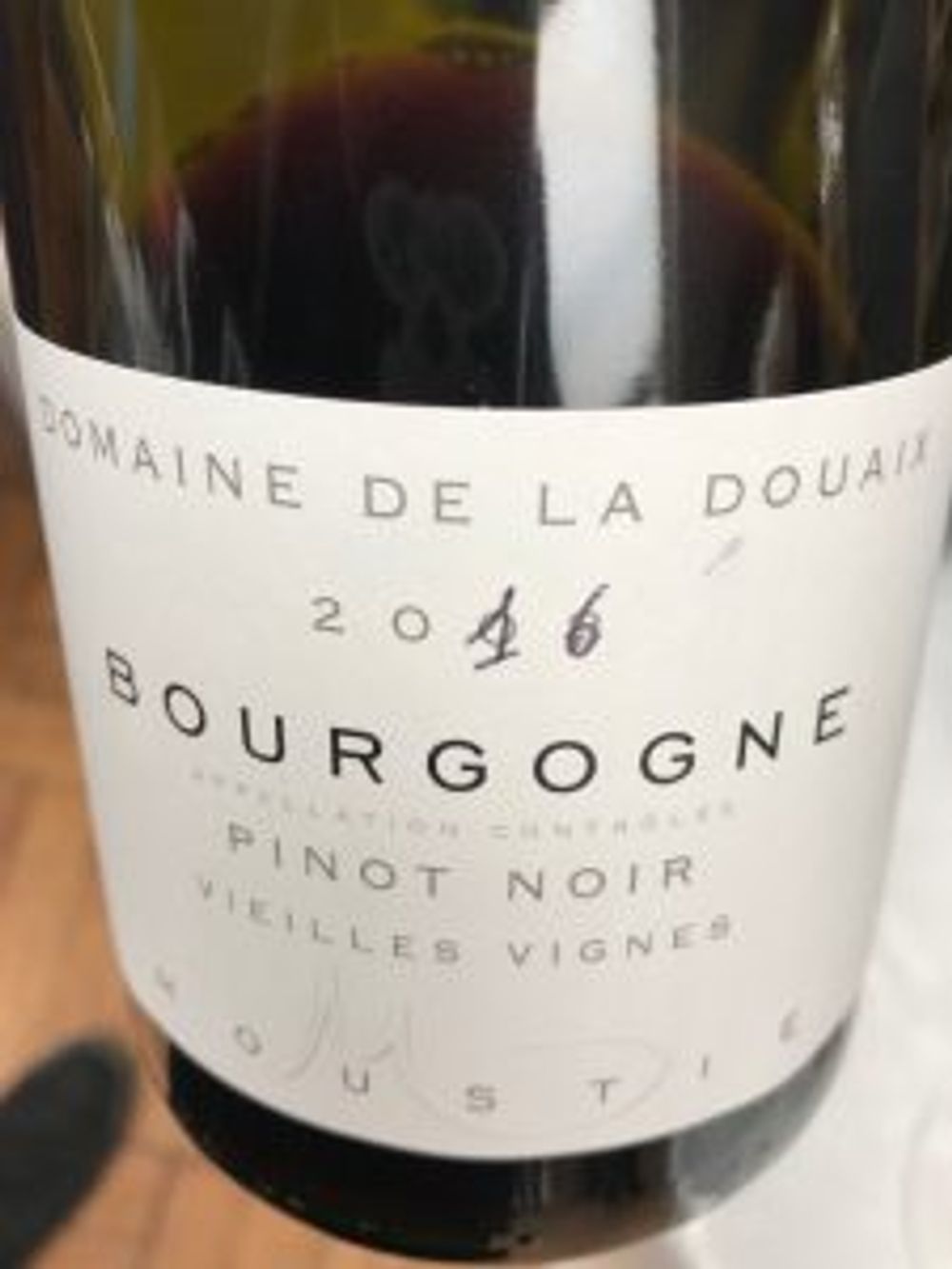
There are some excellent wines here that will still be available unlike the scarce Premier and Grand Crus.
The truth of the matter is that Burgundy is actually on a roll right now with its escalation in value of the past 10-20 years and, with a bumper harvest in 2017 (Chablis excepted), and demand never higher, hopefully the gains made in the ‘lesser’ appellations will be amplified in years to come. Here’s hoping.
